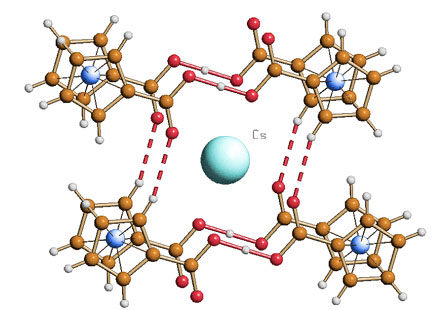
The Economist round-up various wireless electricity projects, most of which focus on “ambient” energy from “existing radio waves produced by television, radio and mobile-phone transmitters.”
The first devices to be powered entirely by ambient energy are likely to be sensors, calculators and clocks. But the hope is that music-players, e-readers and mobile phones will eventually follow, says Dr Smith. There are other means of harvesting ambient energy, from vibrations, movement or heat. But the attraction of radio waves is that they are pretty much everywhere. It’s like recycling energy, says Dr Fisher. “It’s energy that’s around, and is not doing anything else,” he says.








